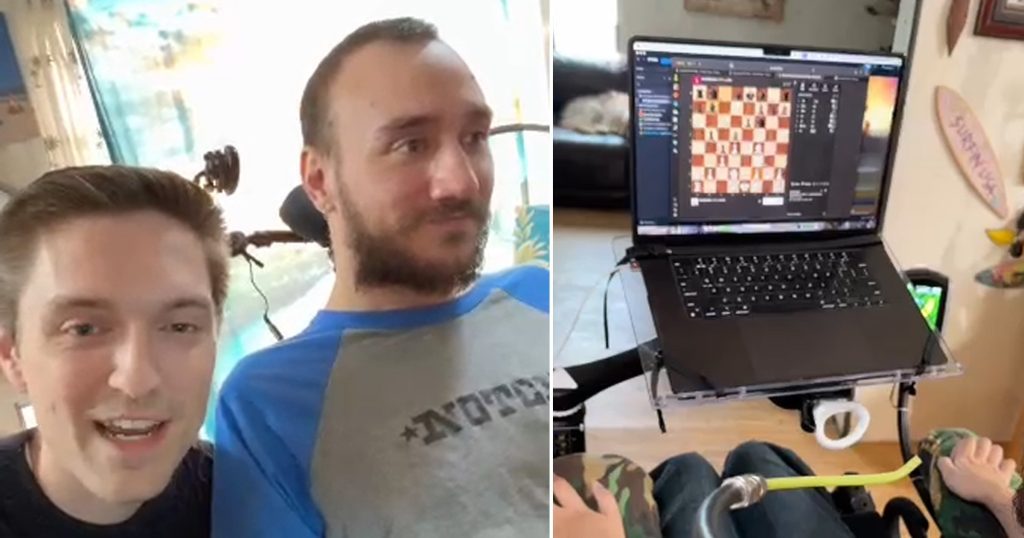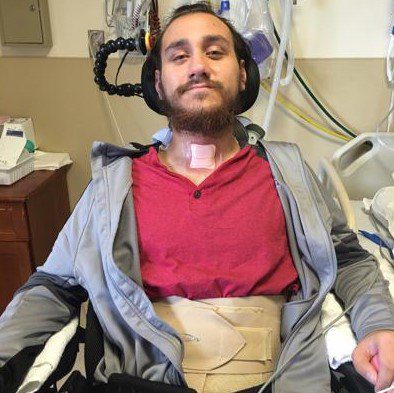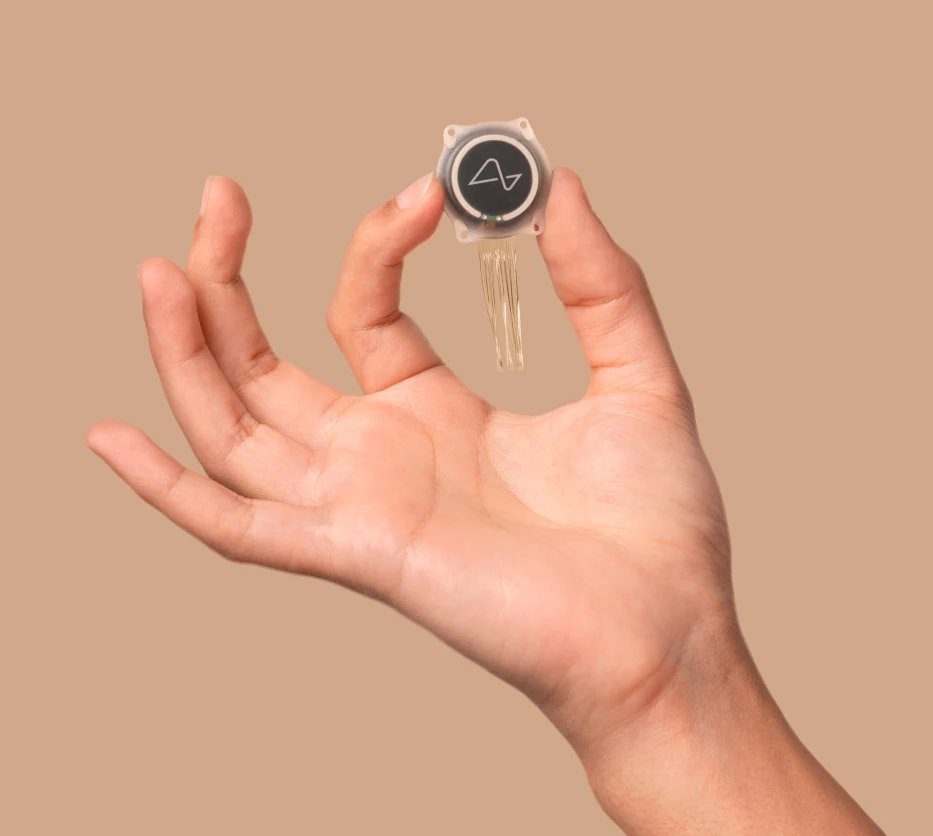Up Next
A video has been released showing the first person using Elon Musk’s Neuralink brain chip to control a computer cursor and play just by thinking. video games It has been released footage of the first person to use Elon Musk’s Neuralink brain chip to control a computer cursor and play simply by thinking.
Noland Arbaugh, 29, who is paralyzed, can be seen using his mind to play chess in a video posted online.
Speaking from his wheelchair, he said: 'See that cursor on the screen? That’s all me… it’s all brainpower.'
In the video, he can be seen smiling with joy as he demonstrated how he could move the mouse from side to side.
He even compared it to using ‘The Force’ as in the Star Wars movies.
Noland added: ‘I’m so fortunate to be a part of this; every day it feels like we’re learning new things.’
Noland became paralyzed from the shoulders down eight years ago due to a 'freak driving accident.'
Before his injury in 2016, the 29-year-old used to play chess while working at a children’s camp in Texas.
He added: ‘This is one of the things that y’all have enabled me to do… I wasn’t really able to do much the last few years.’
Musk’s development is expected to help transform care for the disabled.
A month ago, Musk announced that the chip had been successfully implanted in a person.
During a Spaces event on X, he said: 'Progress is good and the patient seems to have made a full recovery, with neural effects that we are aware of.'
He shared the video of Arbaugh using ‘telepathy’ on Wednesday, along with the caption: ‘Livestream of Neuralink demonstrating ‘Telepathy’ – controlling a computer and playing video games just by thinking.’
The Neuralink brain chip implant is placed by a robot in a part of the brain that controls movement.
The process involves a robot removing a small piece of the skull and connecting the electrodes from the chip to specific areas of the brain.
The robot then closes up any visible holes, leaving only a tiny incision as the visible scar.
The entire procedure, according to Mr. Musk, takes just 30 minutes, and patients can go home the same day.
.











